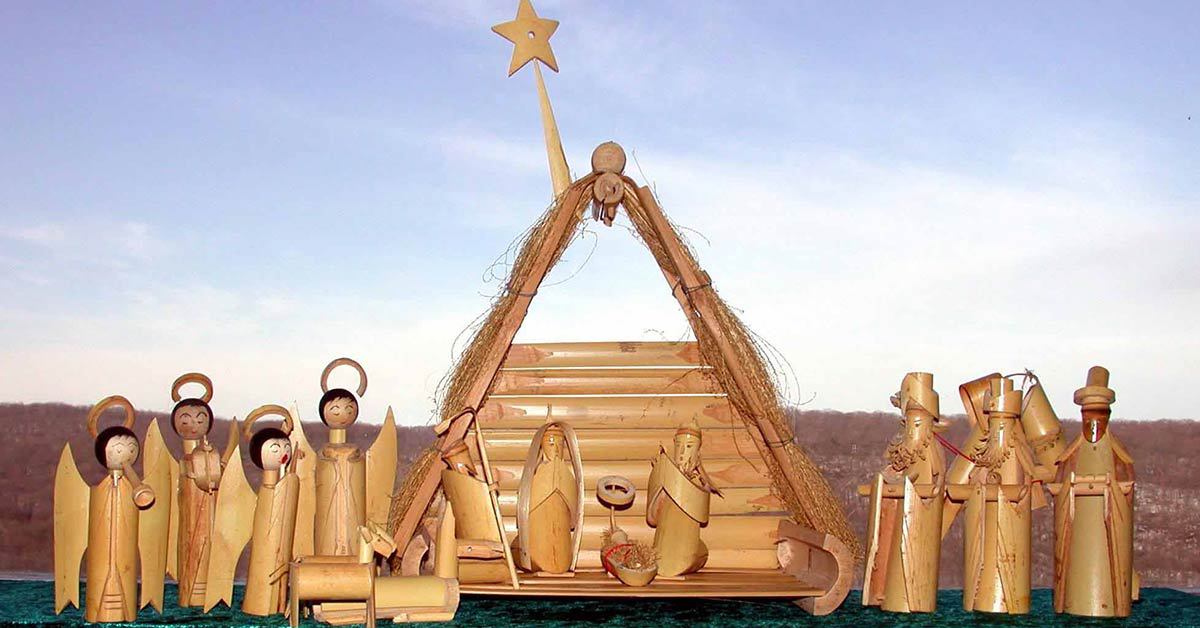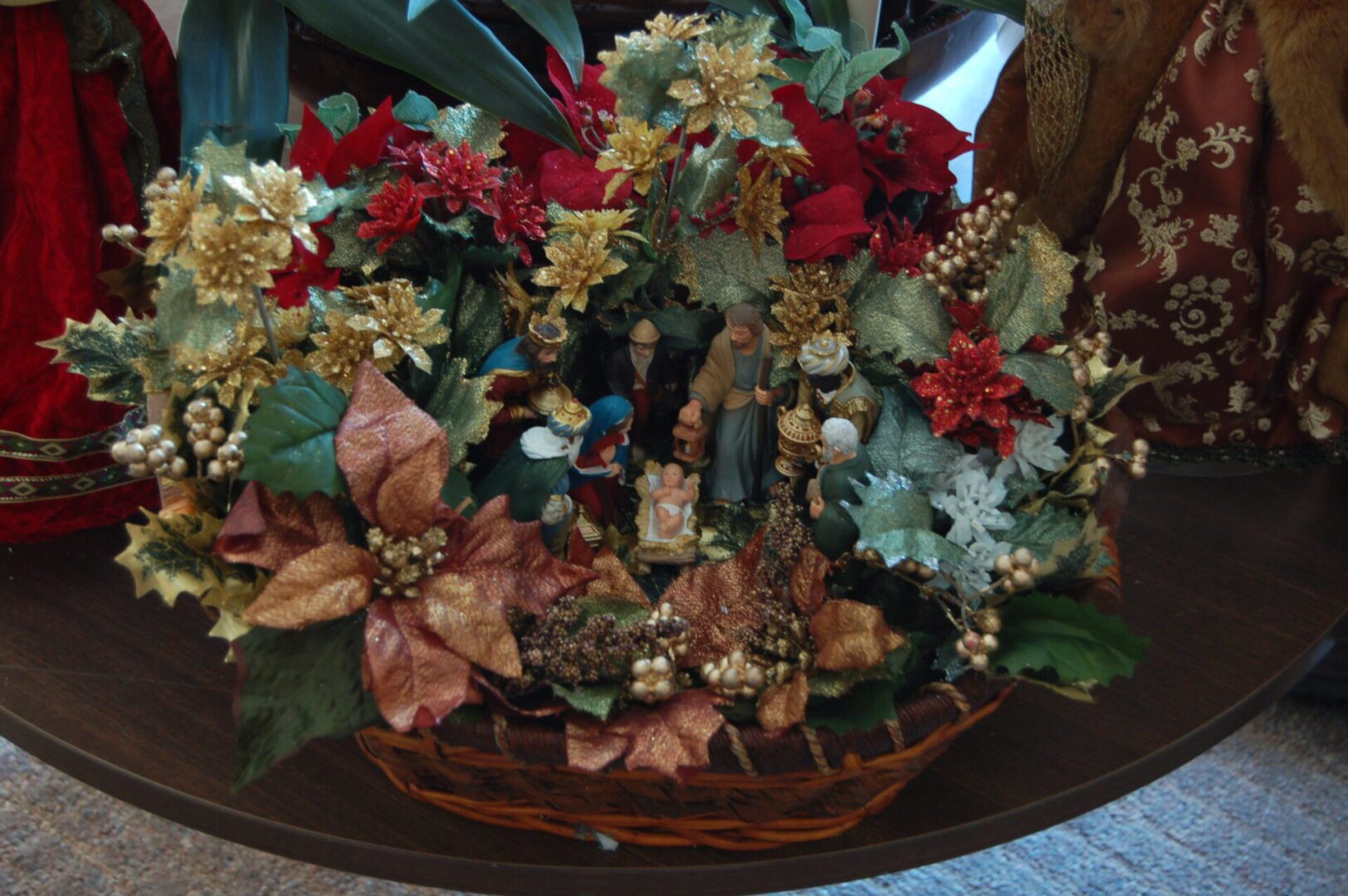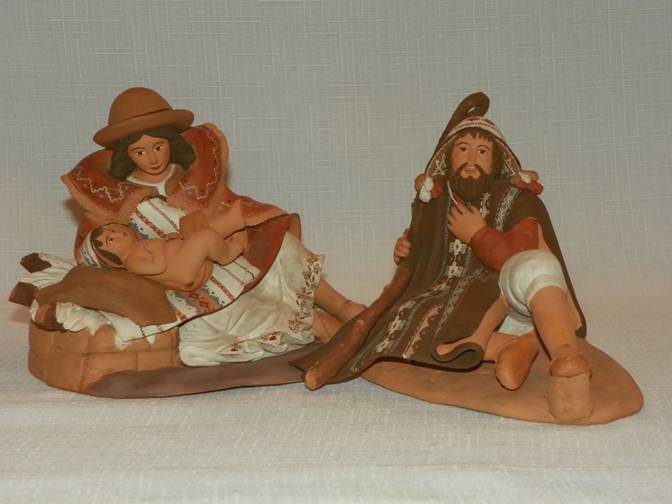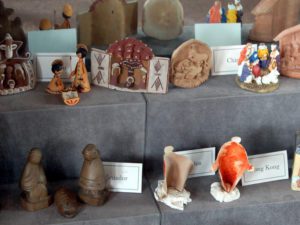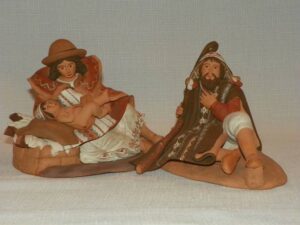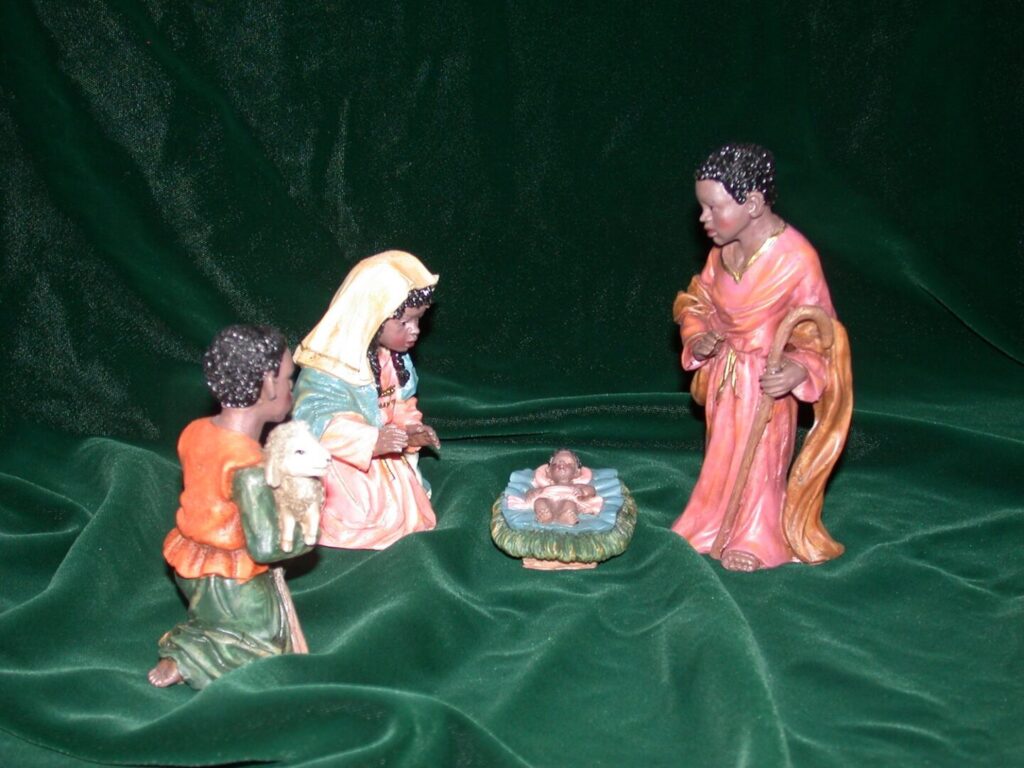Something amazing happened in 1223 in the town of Greccio, Italy. After returning from the Holy Land, St. Francis of Assisi created the first crèche in a cave so that the town could adore the “Babe of Bethlehem,” as he referred to the baby Jesus.
In reflecting on the crèche, Servant of God Fr. Paul Wattson, SA, declared, “All ages have shown their love for this Divine Child, but nowhere is it seen more than in the Seraphic [Franciscan] Order, where it springs from the Christlike One of Assisi.” In his 1931 Midnight Mass sermon, Fr. Paul beautifully proclaimed, “That which distinguished this birth from any other that had taken place previously, or would take place in the years to come was that the Infant was God.”
The Atonement Friars invite you to contemplate the amazing gift of Christ’s birth through our annual Christmas Around the World Crèche Display. A long-standing tradition on the Holy Mountain, the display features 150 crèches with unique designs reflecting diverse cultures. At the same time, these examples from Japan, Italy, Nigeria and other countries reflect a common theme: love and adoration for the baby Jesus.
Special Viewing Event
Heavenly Harp & Crèches – Lunch on the Holy Mountain
Visit on Sunday, December 7th, and enjoy lunch in the dining room at 12 PM.
A harpist will play while you walk the hallway of Crèches.
A Crèche Walk ~ Audio Transcript
Welcome as we continue a tradition begun over eight hundred years ago by St. Francis of Assisi— recreating the birth of Jesus at Bethlehem.
The first commemoration took place in a small town called Greccio, Italy in 1223. Francis wanted people not just to hear the story, but to see it, to feel it —to imagine the humble birth of Christ right before their eyes. As his companion Thomas of Celano wrote, Francis hoped that by seeing the simplicity of the manger, hearts would be moved to love.
Francis created that first crèche, he said, to “recall to memory the little Child who was born in Bethlehem, and to set before our eyes the inconveniences of his infant needs.” He wanted the people to understand that at the birth of Christ, simplicity was honored, poverty exalted, and humility commended.
As you move from scene to scene tonight, pause for a moment at each one. Notice what it tells you about the mystery of the Nativity— about God choosing to become one of us.
The Gospel of Luke tells us: “While they were there in Bethlehem, the time came for her to have her child. She gave birth to a son, her firstborn. She wrapped him in swaddling clothes and laid him in a manger.”
Luke gives us only a few words, but they hold a world of wonder. The Book of Revelation adds another image — “A woman, robed with the sun, was pregnant and crying aloud in the pains of childbirth.” It’s a vivid reminder that the birth of Jesus was real — a moment of struggle, pain, and awe, like every birth.
And it makes us wonder — was there anyone to help Mary? A young girl, far from home, in a stable? Joseph stood beside her, but in those days, childbirth was women’s work. So perhaps a few women from Bethlehem— the innkeeper’s wife, a neighbor, a midwife — came to help.
By the light of a small lamp, they might have held Mary’s hand, wiped her brow, and caught the infant Jesus as he entered the world. They were the first to hold the Savior, the first to see His face.
They had no gold, no gifts, no fine linens — only their compassion. Their presence was their gift. They gave of themselves—quietly, lovingly, completely.
That is the love Francis wanted us to see at Greccio. Not grand or glittering, but simple. A love that gives of itself, even when no one is watching.
For this is the love that God shows to us: “For God so loved the world that He gave His only Son.” God’s love is not just a feeling—it’s an act of will. He chose to be with us, to share our joys and our sufferings, to be born as one of us.
And so, as we celebrate this season, we too are called to give as He gave— not only when it’s easy or convenient, but also when love is needed most.
May we offer, this Christmas, the one gift that truly matters: our hearts, our presence, and our love— given freely, just as God gave Himself to us.
And as you walk among these crèches— from every nation and every culture— notice something else: though carved differently and crafted from many traditions, every scene tells the same story. Christ is born for all people.
In these many Nativity sets, we are offered a quiet yet hopeful vision of unity— a world gathered around the same Child, drawn together by the same humble love, a love that came to earth for everyone.
So take a moment to reflect: What do these scenes tell you about God, about Mary, about Jesus? Which scene speaks most deeply to your heart? What is God asking of you this Christmas? And what does this beautiful variety of crèches reveal about the unity God desires for this world?
May your reflection prepare your heart to receive the Christ Child, who whispers into every soul a tender longing for unity and peace.
QUESTIONS TO PONDER
- What do the scenes tell about God, Jesus, Mary?
- What is your favorite scene and why?
- What is God asking of you this Christmas?
- IS there any memory you recall or story you want to recall after seeing the creches?
- The time is yours for reflection to prepare for Jesus who will dwell in our land once again in just a few short hours.



